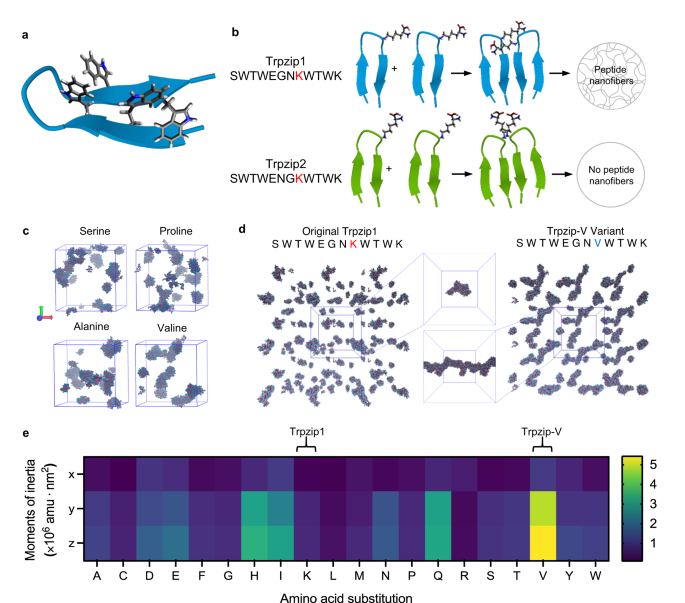2023-10-23 カリフォルニア大学リバーサイド校(UCR)
◆この技術は、植物に異なる有害農薬の存在を検出させ、環境保護や防衛などの応用に役立つ可能性があります。同様の実験では、酵母もセンサーとして使用され、複数の化学物質に反応する能力が示されましたが、これはまだ植物には適用できていません。将来的には、植物をより多くの有害農薬を検出できるように設計することが目指されています。
<関連情報>
- https://news.ucr.edu/articles/2023/10/23/plants-transformed-detectors-dangerous-chemicals
- https://www.nature.com/articles/s41589-023-01447-7
リガンド結合特異性を再プログラム可能な直交化PYR1ベースCIDモジュール An orthogonalized PYR1-based CID module with reprogrammable ligand-binding specificity
Sang-Youl Park,Jingde Qiu,Shuang Wei,Francis C. Peterson,Jesús Beltrán,Angélica V. Medina-Cucurella,Aditya S. Vaidya,Zenan Xing,Brian F. Volkman,Dmitri A. Nusinow,Timothy A. Whitehead,Ian Wheeldon & Sean R. Cutler
Nature Chemical Biology Published:23 October 2023
DOI:https://doi.org/10.1038/s41589-023-01447-7
Abstract
Plants sense abscisic acid (ABA) using chemical-induced dimerization (CID) modules, including the receptor PYR1 and HAB1, a phosphatase inhibited by ligand-activated PYR1. This system is unique because of the relative ease with which ligand recognition can be reprogrammed. To expand the PYR1 system, we designed an orthogonal ‘*’ module, which harbors a dimer interface salt bridge; X-ray crystallographic, biochemical and in vivo analyses confirm its orthogonality. We used this module to create PYR1*MANDI/HAB1* and PYR1*AZIN/HAB1*, which possess nanomolar sensitivities to their activating ligands mandipropamid and azinphos-ethyl. Experiments in Arabidopsis thaliana and Saccharomyces cerevisiae demonstrate the sensitive detection of banned organophosphate contaminants using living biosensors and the construction of multi-input/output genetic circuits. Our new modules enable ligand-programmable multi-channel CID systems for plant and eukaryotic synthetic biology that can empower new plant-based and microbe-based sensing modalities.



